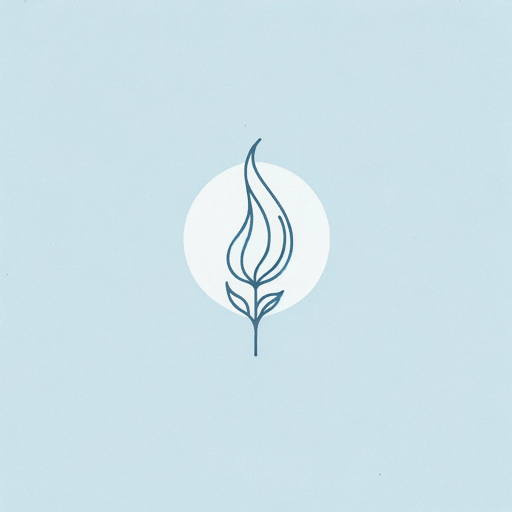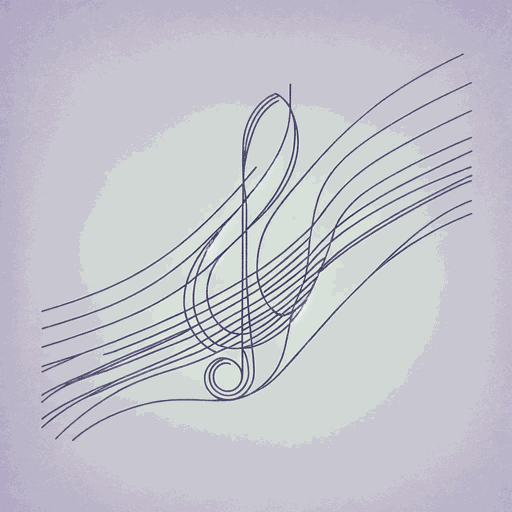19 pages • 38 minutes read
James Weldon JohnsonSonnet
Fiction | Poem | Adult | Published in 1893A modern alternative to SparkNotes and CliffsNotes, SuperSummary offers high-quality Study Guides with detailed chapter summaries and analysis of major themes, characters, and more.
Poem Analysis
Analysis: “Sonnet”
“Sonnet” foregrounds the poet-speaker’s internal, race-related struggle. Johnson uses the sonnet form, traditionally used to address a lover, to open a channel of communication between the speaker and his “heart” (Line 1). In this way, the poem more resembles a lyric—or a song-like poem that expresses the speaker’s feelings—than a traditional sonnet. The struggle’s quality of interiority most clearly presents through the poem’s abstract language. With internal conflicts, the external hardship can be eclipsed by the emotional turmoil the hardship causes. Similarly for Johnson’s speaker, the weight of the “hind’ring shrouds” (Line 11) seems to distract the speaker’s focus from the actual situation of his struggle (in Johnson’s case, this struggle likely relates to racism). Nevertheless, the abstract words, images, and metaphors illuminate the nature of the speaker’s conflict.
It is clear from the beginning that the speaker’s “heart” (Line 1) is the site of his conflict as he tells his heart to “be brave” (Line 1) and not to “falter so” (Line 1). The word “so” denotes the speaker’s active, present observation; the poem’s occasion is a moment of weakness, and this sets the tone of self-restraint and self-consolation for the rest of the work.
Related Titles
By James Weldon Johnson




